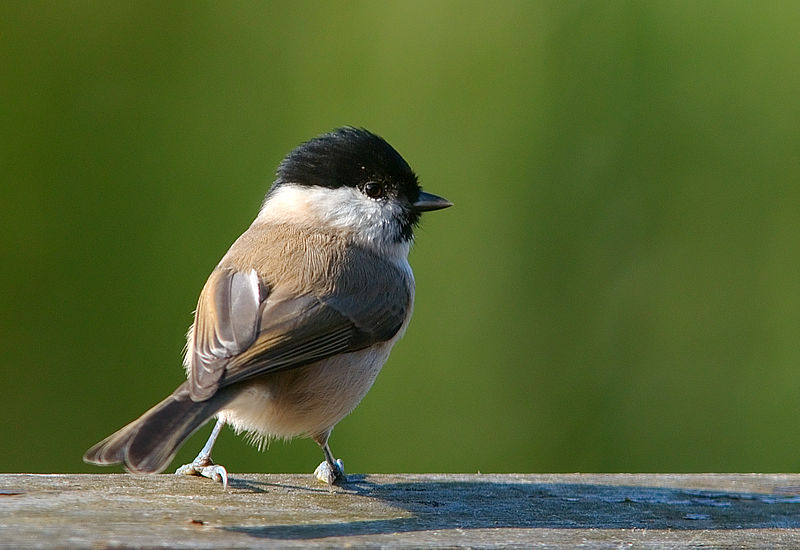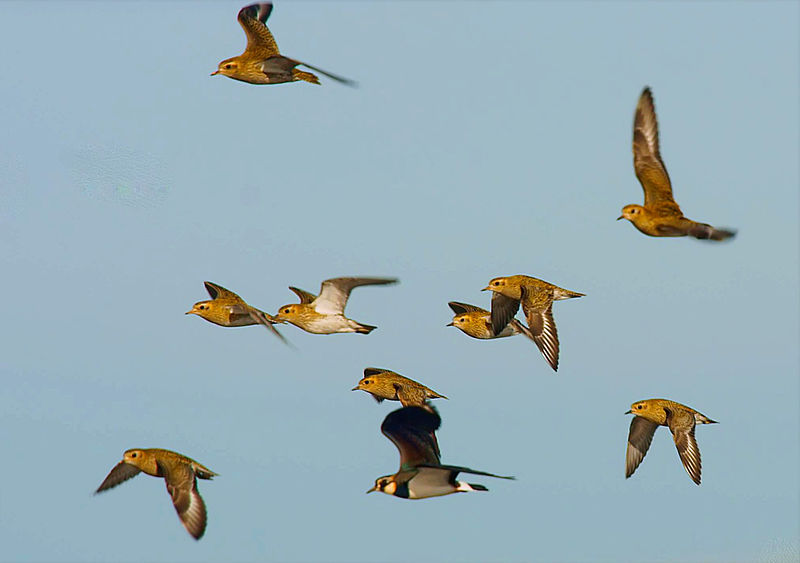
Have you seen any birds yet in 2014?
Of course you have! That’s one of the best things about birds – they are everywhere and with us all the time.
According to the excellent Birdtrack I have seen 62 species so far this year but the true total is somewhere in the low 70s as not even I enter everything onto Birdtrack. But, once I have forgotten, and it will take quite a while, why I was at Minsmere last week, Birdtrack will remind me that I watched Marsh Tits on the bird feeder at the visitor centre and felt happy about it and them. And maybe those records will be of some use to someone, sometime, when, perhaps, Marsh Tits no longer visit that site.
But I didn’t tell Birdtrack about the male Marsh Harrier I saw as I drove across the Fens on the Norfolk/Lincs border. I was quite surprised to see it as I think of Marsh Harriers as summer visitors, and they are generally speaking, but have become much more frequent in winter in recent years. So a single Marsh Harrier is a more familiar sight these days, but I can appreciate the surprise and delight of staff and visitors at Lakenheath Fen when they saw 29 Marsh Harriers and seven Hen Harriers at Lakenheath last weekend. That must have been quite a sight – particularly for the small mammal population!
And on Friday I had a very pleasant walk at Stanwick Lakes, when I couldn’t stick to my normal route because of flooding, but delighted in the view of hundreds of Golden Plovers and Lapwings glinting in the wintry sun.
We talk about seeing birds, but, as I have often written in this blog, we are often bird-hearers as much as bird-watchers. Which species have you heard in song already this year? From memory, I think I have heard Robin, Wren, Dunnock, Great Tit, Cetti’s Warbler, Collared Dove, Blackbird and Song Thrush. I expect I have forgotten some. How about you?
I even thought I saw a Blackbird diving into a bush (I certainly did) with food in its beak (that was more guesswork) – I’ll keep a lookout in that area over the next few visits!

[registration_form]
Hi Mark I’m taking part in the Footit challenge this month and so far have seen 73 species walking from my home in east lincs. I’ve been surprised at the breadth of species singing. Sadly the nearest Cetti’s is about 20 miles away so I haven’t heard them but as well as your songsters I’ve had Mistle Thrush and Goldcrest.
To hit my target will require a couple of walks to the coast which will mean 25 to 30 mile round day trips. I’m building up and did 19 miles on Friday to do a BTO winter thrush core survey count and visit my local reservoir.
The Footit challenge has been set up in association with Birdtrack to encourage the submission of lists. So far I’ve done 16 this month. It’s great fun and not to late to join and googling Footit will bring up the site as first hit on google.
Phil – thanks. Sounds very interesting. I’ll have a look.
It has been a very mild winter – driving through Cumbria this week there were decent flocks of lapwing on quite high pasture still, whilst in France the big flocks that winter in the vineyards – dominated by Chaffinches – just aren’t there and it was several days before I saw a Song Thrush, usually very common in winter, and behaving just like wintering Redwing here, with very fast, darting, nervous flight.
Hi Mark.
Like Phil, I’m also taking part in the Footit challenge. I targeted 65 species for my 2 mile radius around my home town in the Yorkshire Dales. I hit 62 today with a Buzzard. Its taken 3 full day trips to tick that one! They’re not too common around here.
I also added Water Rail, Treecreeper, Black-headed Gull, Stock Dove, Little Owl and Woodcock today. Golden Plover are still on the moors just at the edge of my radius, and a unseasonal Redshank was another highlight, as was a Peregrine. Hoping for Lesser Black-backed Gull still, along with maybe Lesser Redpoll, Crossbill, and Grey Partridge if I’m lucky.
Regarding locally singing birds, we’ve heard Robin, Wren, Great Tit and Dunnock.
Mark,
Colin Harrison’s ‘Field Guide to Nests, Eggs & Nestlings of British and European Birds’ states the blackbird’s breeding season ‘Begins February in Canary Islands, elsewhere from March in south to late April in the north…’ with an incubation period of 11-17 days.
Meanwhile BWP suggests earliest eggs mid February. Mind you, as my father used to say, the birds don’t read the books……
Keith – I had a quick check in that area yesterday and didn’t see any signs of activity. We’ll see.
Not Seen any close up in the garden yet Mark, although plenty of sparrows flying around but non to photo close up, 2 doves not close enough too identify we have gat roaming, but i have BG Birdwatch Log on my Iphone and Ipad.